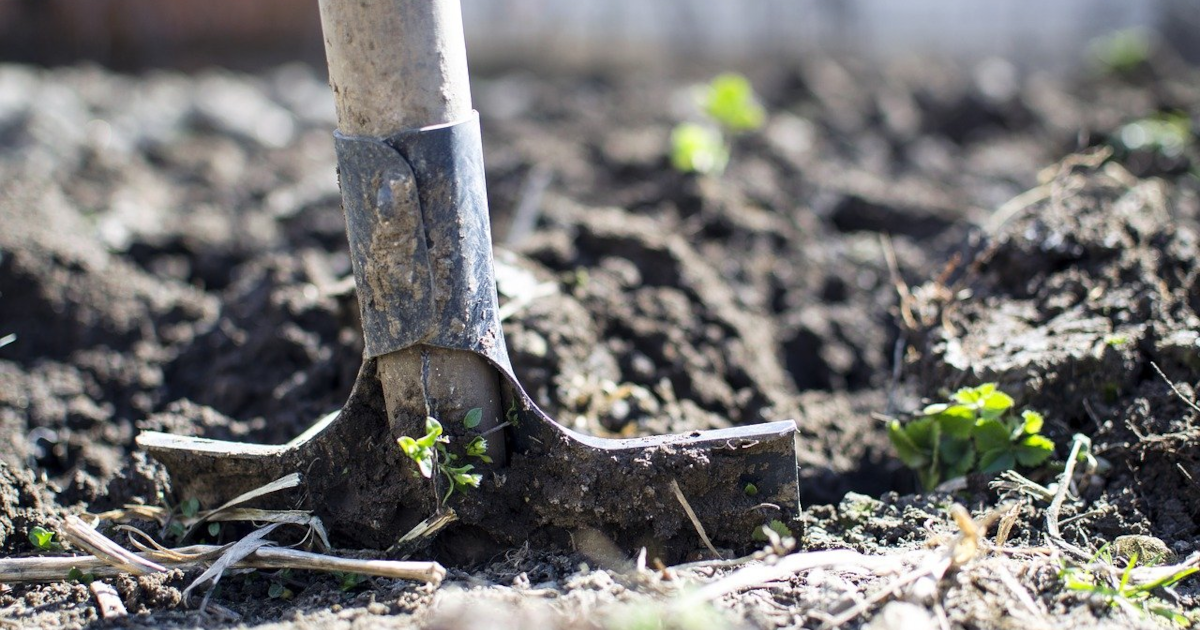
California Considers ‘Carbon Farming’ as a Potential Climate Solution. Ardent Proponents, and Skeptics, Abound
California’s bill, which has already passed the state assembly, would set a goal of at least 60 million metric tons of carbon dioxide removed from the atmosphere each year by 2030 through natural carbon sequestration (in 2019, the state emitted 418 million metric tons of carbon dioxide equivalents).
April 1, 2023 | Source: Inside Climate News | by Emma Foehringer Merchant
On a windy July day in 2017, temperatures started climbing early in Pauma Valley, California, an unincorporated community about 50 miles northeast of San Diego. Staff at Solidarity Farms, a 10-acre cooperative, were busy that morning, preparing for a 30-degree spike in temperature.
They watched the chickens to make sure the flock had enough water and shade. Irrigation ran all day, dripping water into the sandy soil, though it evaporated just as quickly. As temperatures topped 120 degrees, Ellee Igoe, a co-owner at the farm, was shocked and overwhelmed as she tried to manage the heat, her young children, and no air conditioning. “We were trying to keep ourselves alive, let alone trying to keep everything else going,” she said.
Nearly all the chickens died. Huddled under the coop, some hens seemed to have been overwhelmed by body heat from the birds that surrounded them.
